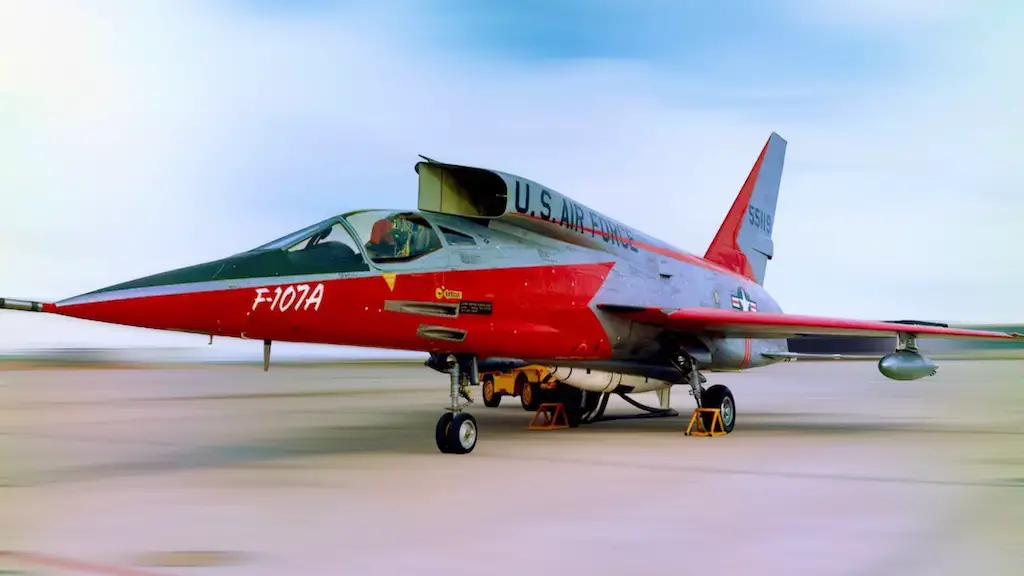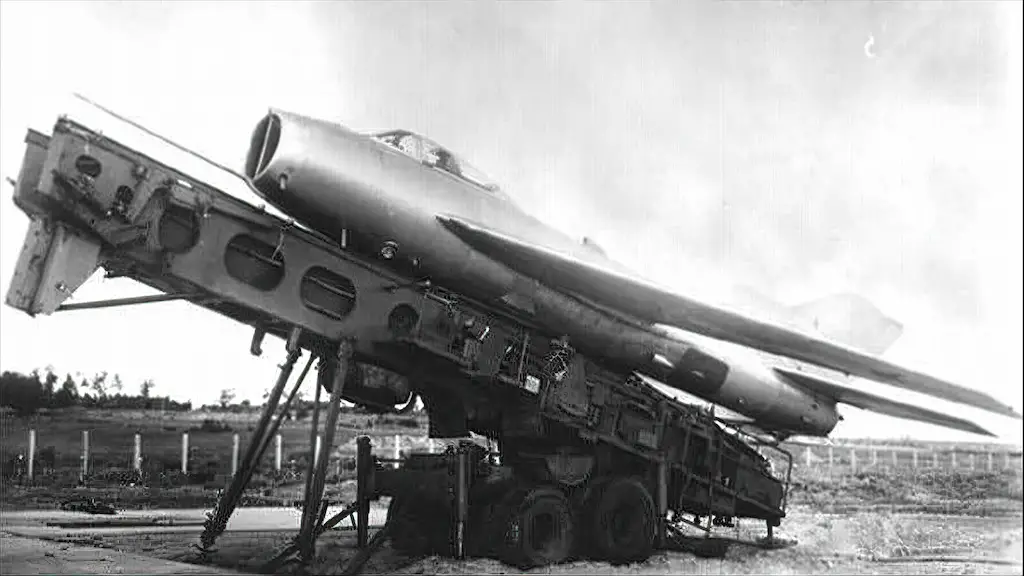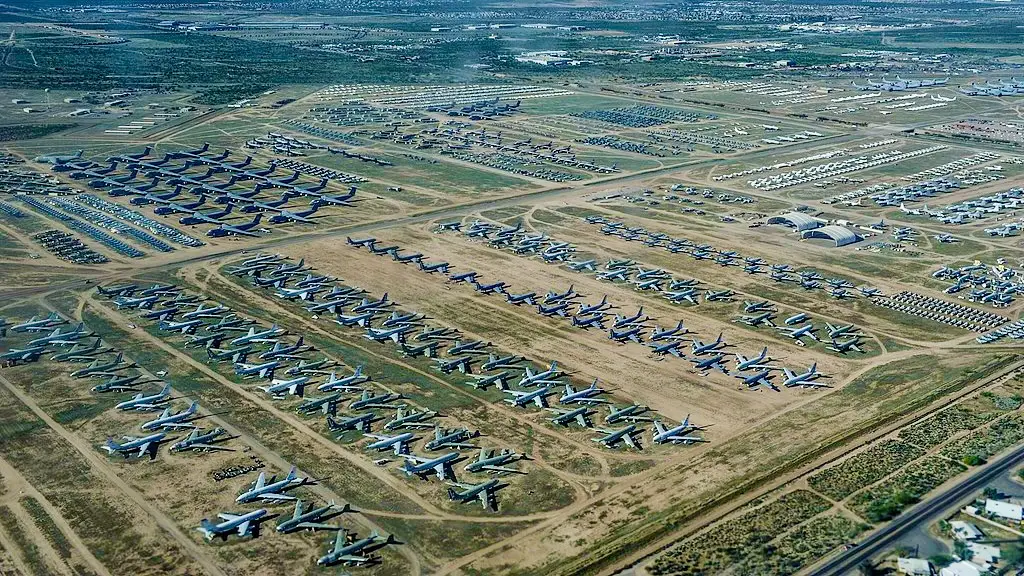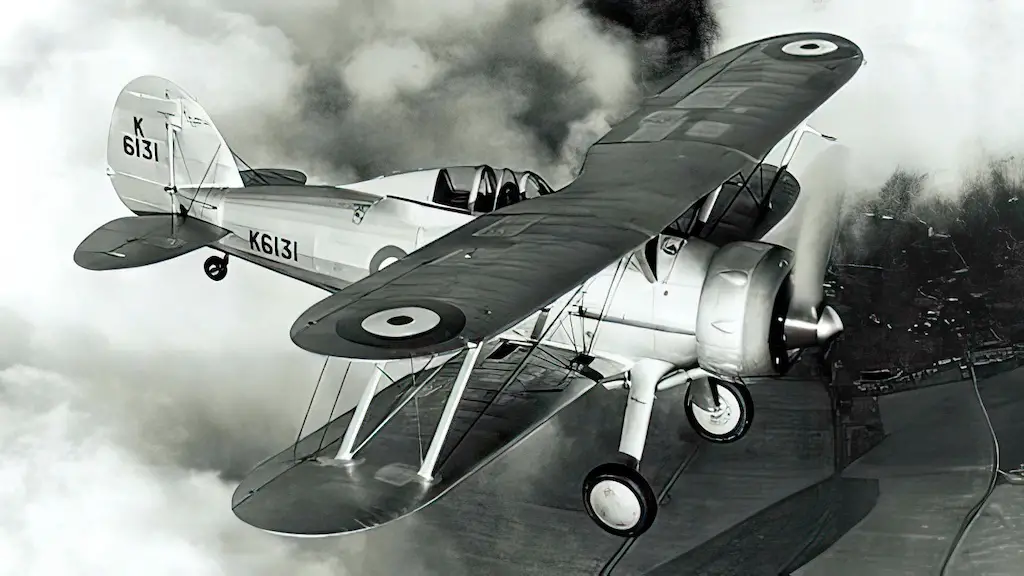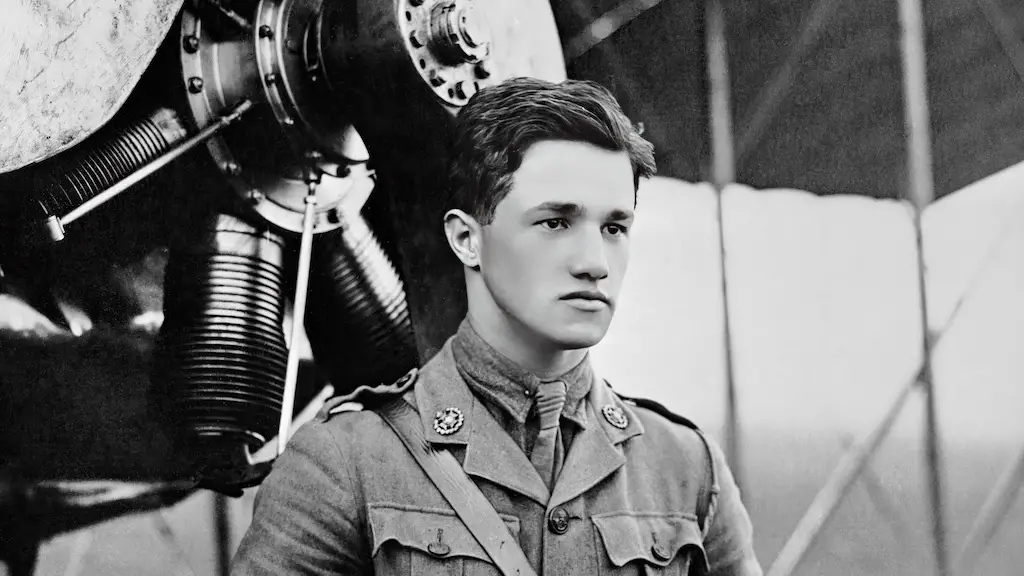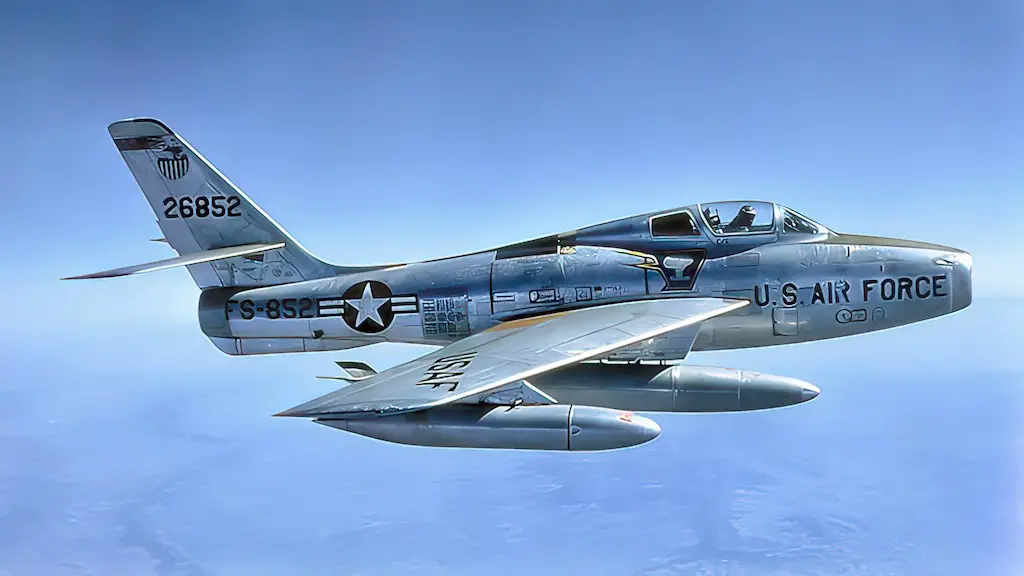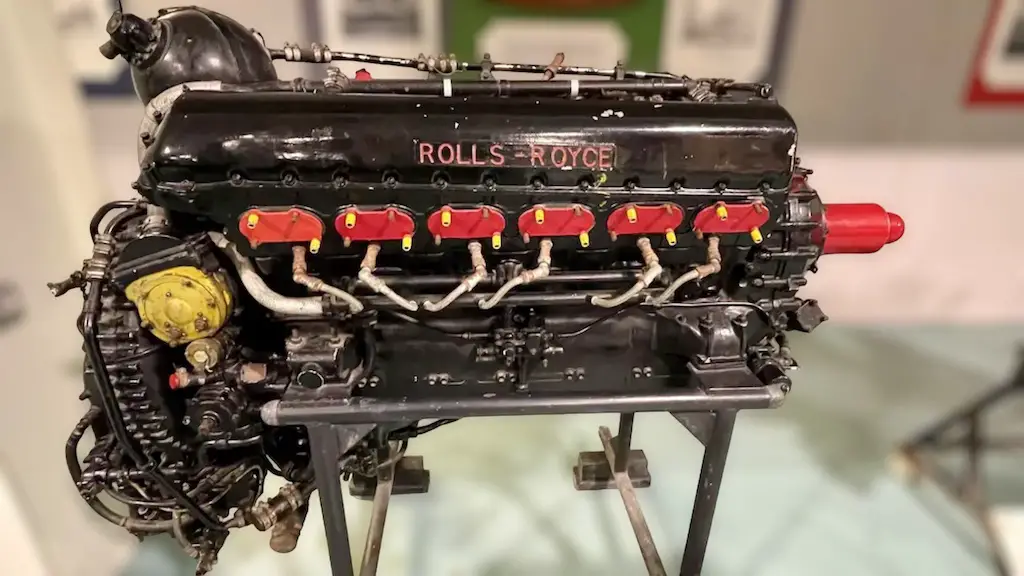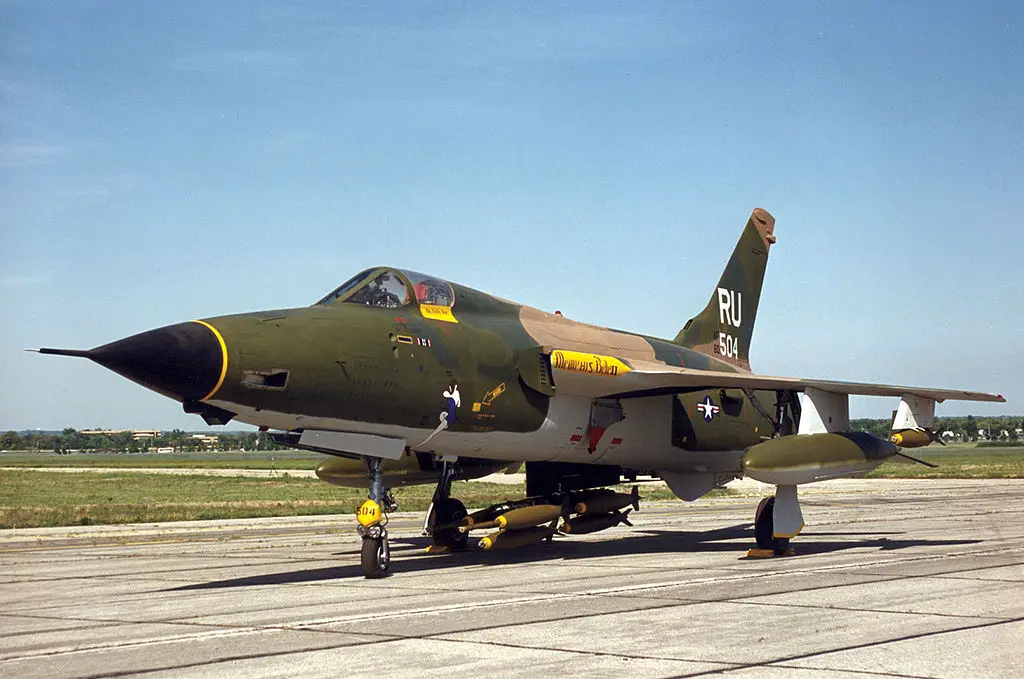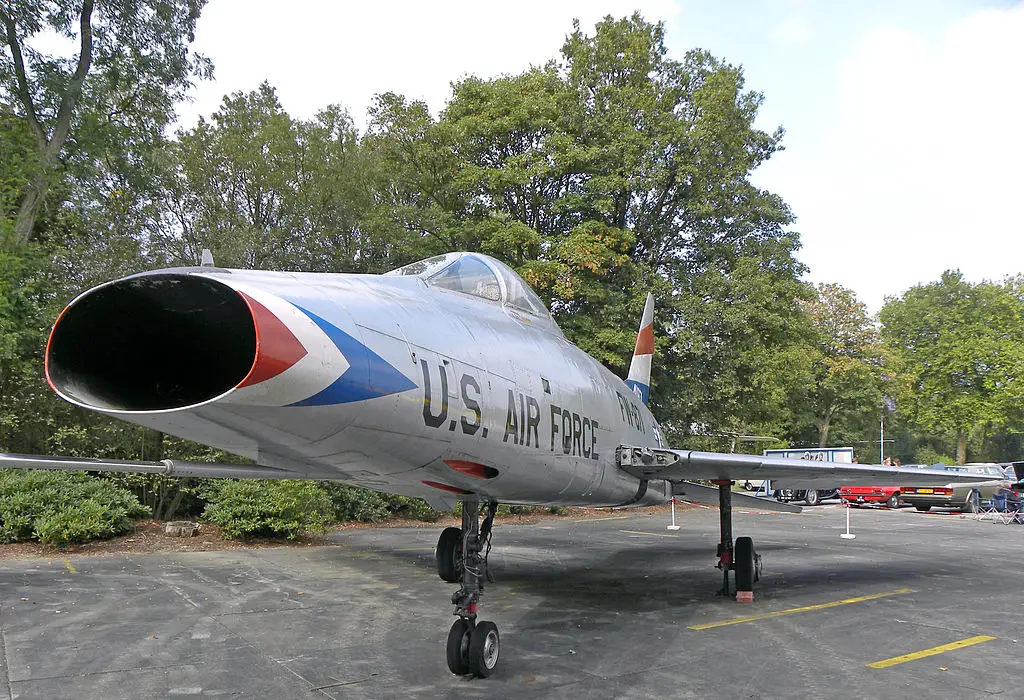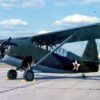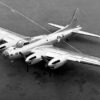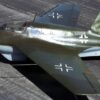The North American Aviation was a leading—or perhaps the leading—US manufacturer of jet fighters throughout the late 1940s and 1950s. It created such masterpieces of the time as F-86 Sabre and F-100 Super Sabre. Naturally, the company decided to further capitalize on the F-100’s success, developing its all-weather fighter-bomber variant. But North American’s design had a serious rival.
A mighty humpback
The prototype was initially designated as YF-100B, but the Super Sabre airframe underwent such an extensive redesigning that it was given a new name, YF-107A. Instead of F-100’s 16,960 lb Pratt & Whitney J57 engine, the F-107 received the same manufacturer’s J75 afterburning turbojet producing 24,520 lb of thrust. But the F-107’s most characteristic feature was, of course, the bifurcated engine intake situated in a unique arrangement above and behind the cockpit.
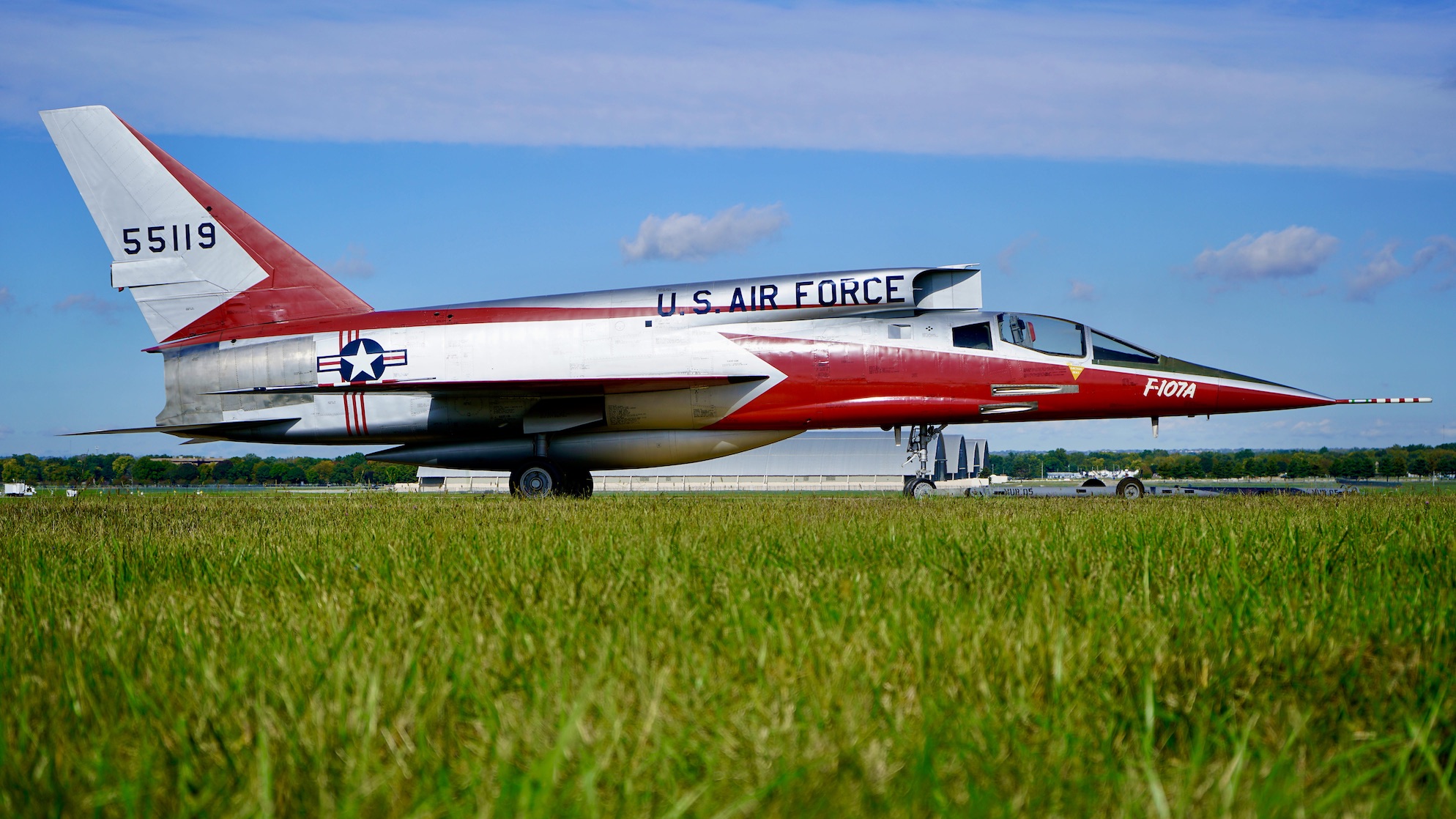
It was the first use of a variable-area inlet duct (VAID) technology, which automatically controlled the amount of air fed to the turbojet. Although the “hump” of dorsal-mounted intake significantly reduced backward visibility, the F-107’s pilot enjoyed an excellent view over the short steep nose, which was more important for the ground-attack role.
The aircraft’s other specific traits included the lack of ailerons. The lateral control was provided by flaps and differential wing spoilers. This rare configuration solved the problem of aileron reversal and allowed the F-107 to roll at supersonic speeds.
Nukes under the belly
The F-107 was supposed to be armed with four 20mm cannons and almost 10,000 lb of ordnance carried at six underwing hardpoints and the fuselage center station. It envisaged a nuclear capability, with a recessed weapons bay under the fuselage designed specifically for carrying 1,680-lb Mark 7 free-fall tactical nuclear bombs. When not occupied by a nuke, the centerline recess could harbor an additional fuel tank.
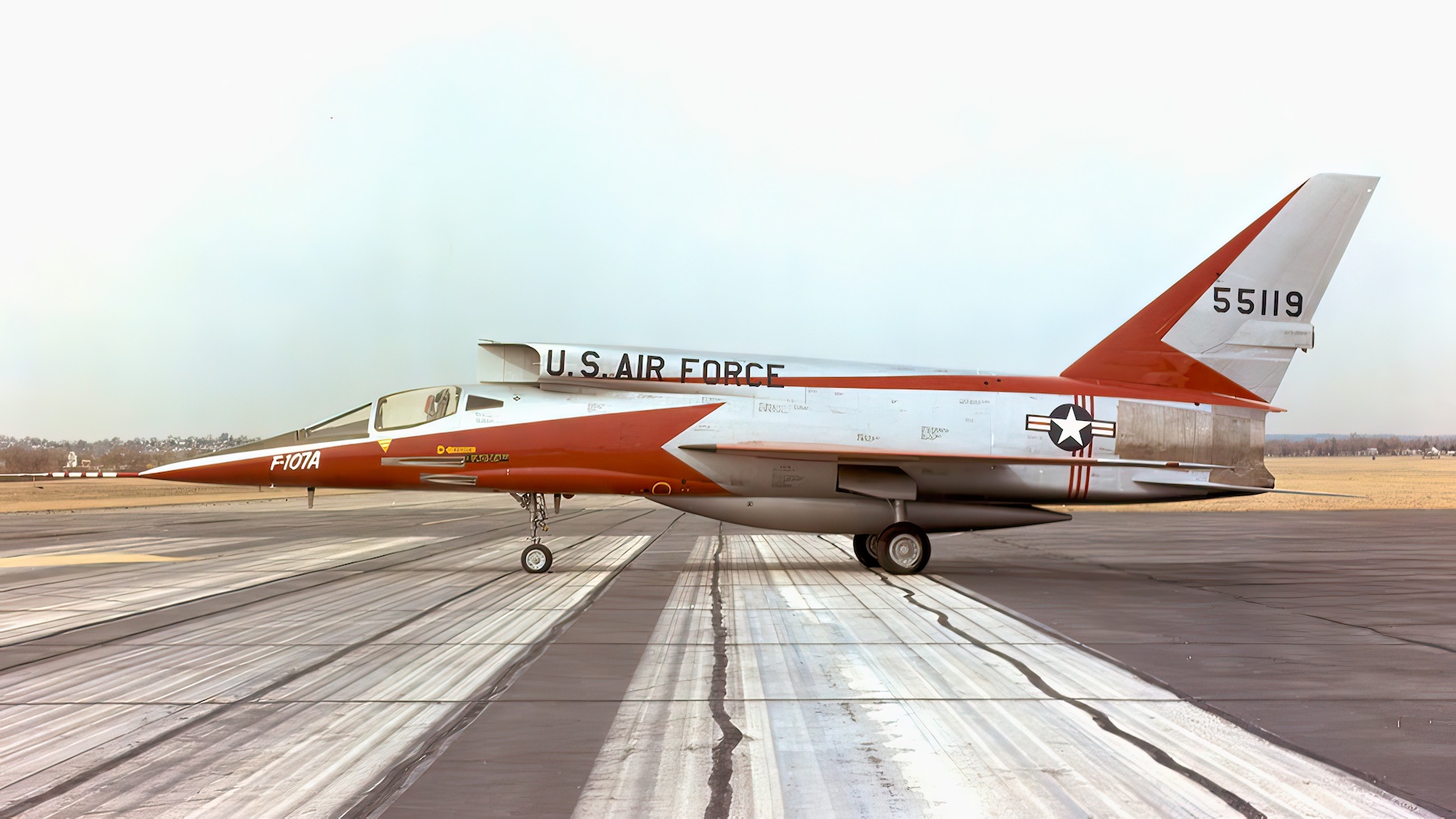
F-107 Vs F-105
The F-107 first flew in September 1956. Its key rival built to meet the same USAF mission requirements was Republic F-105 Thunderchief, which had performed its maiden flight a year earlier.
Both aircraft were powered by the same J75 engine and could exceed Mach 2.0. The F-107 had a significantly higher climb rate than its rival (39,900 fpm vs 34,500 fpm). But, given that they were, after all, competing not for a high-altitude interceptor contract, that was not a decisive characteristic.
The F-105 had a significantly higher stalling and landing speeds. That was a reason for concern. Besides, its innovative variable-area inlet duct suffered from numerous mechanical problems throughout the testing program. However, Thunderchief had a number of teething problems as well, and its first two prototypes crash-landed in early 1956.
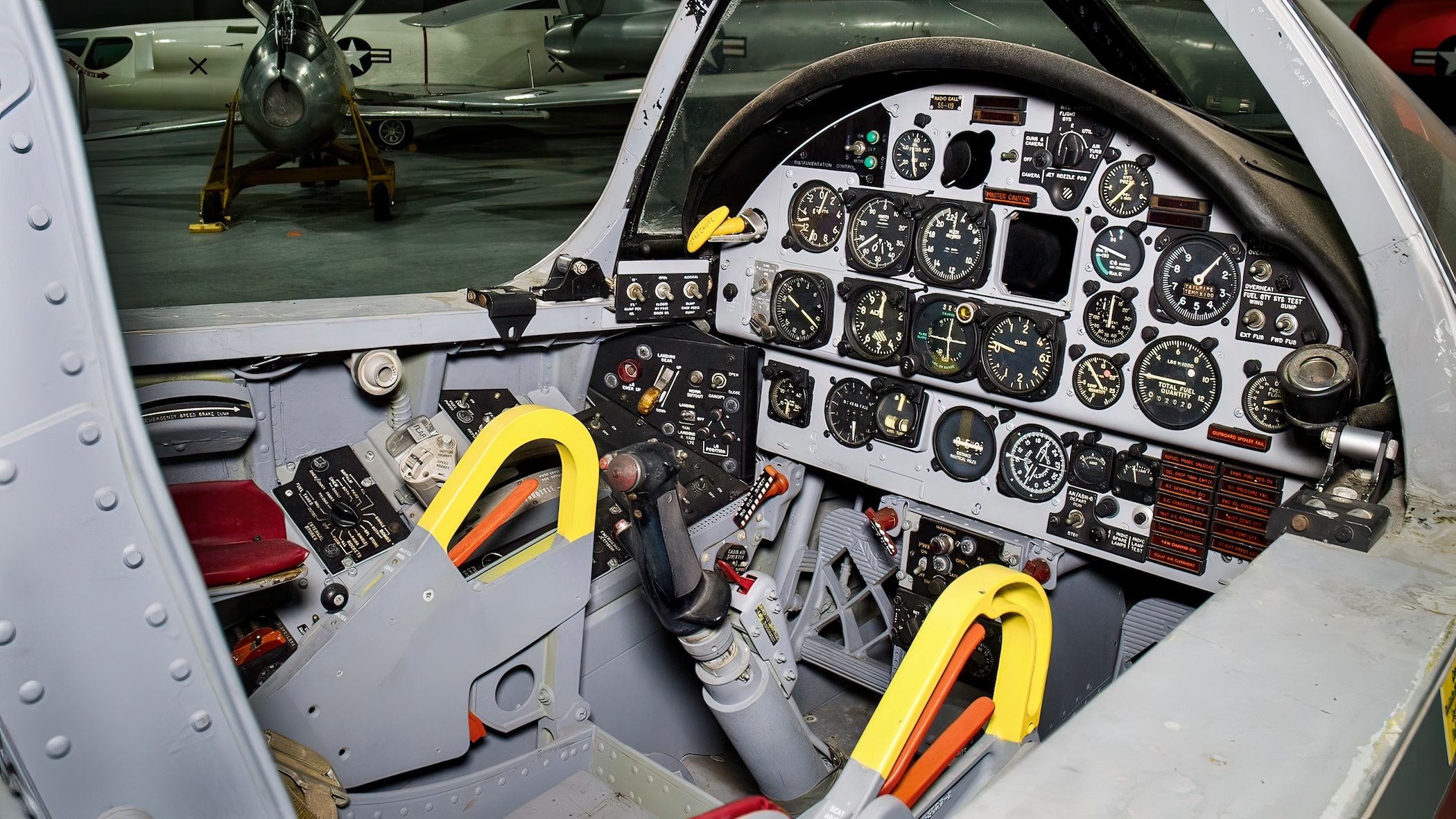
Some pilots and experts considered North American’s design to be more advanced than the Republic’s one and expected it to win the bid. However, both aircraft demonstrated satisfactory overall performance at the flight trials, and the choice was far from obvious.
Choosing the F-107 and producing it at Republic’s facilities rather than at North American’s overloaded factories was also an option. Eventually, military officials preferred the F-105 over the F-107. The Thunderchief was produced in hundreds and went to fight in Vietnam in the following decade, while the F-107 remained a footnote in the aviation history with a total of three prototypes produced.
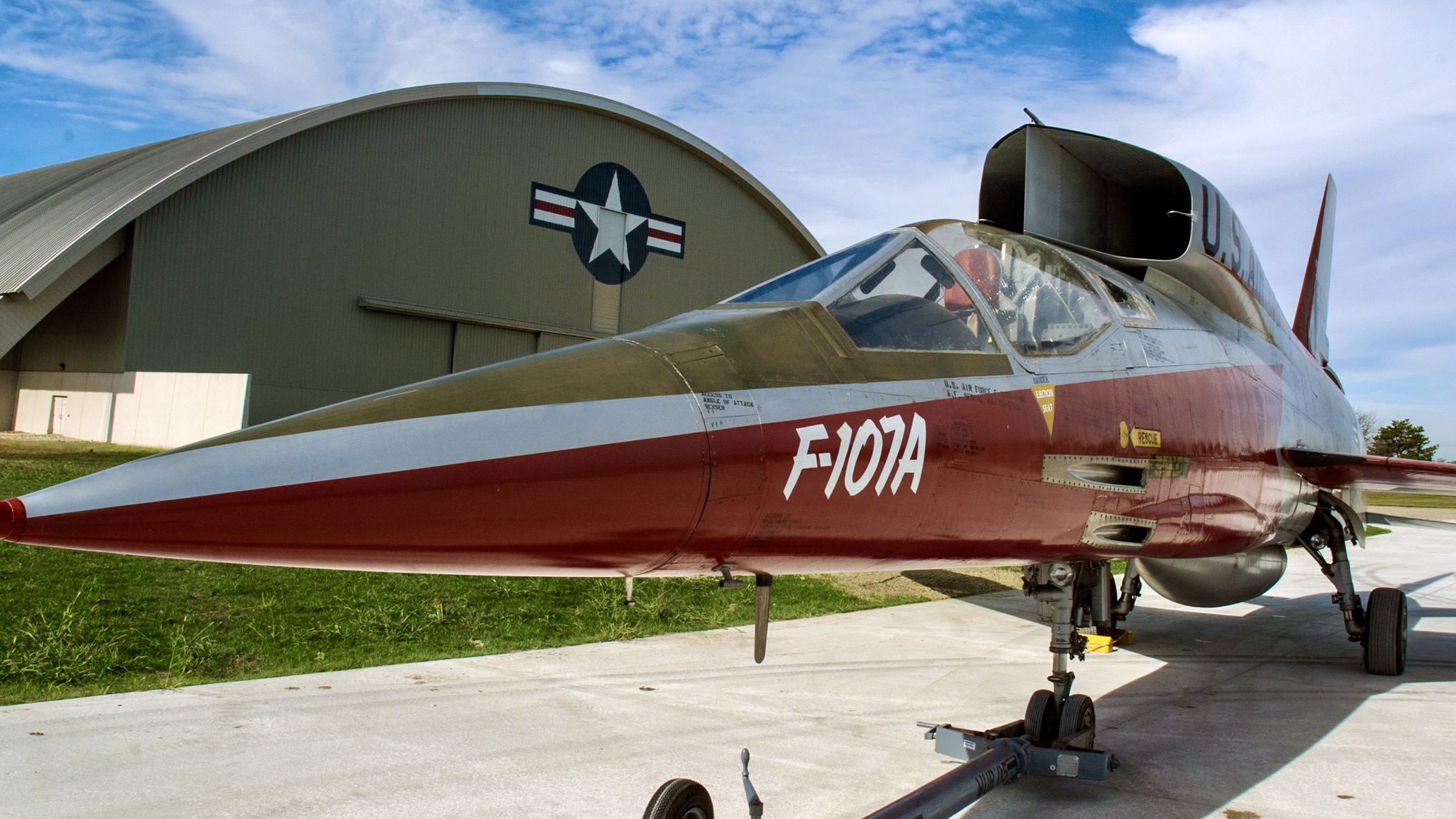
The Ultra Sabre
Although the F-107 didn’t receive any official names, it has often been informally called “Super Super Sabre” and “Ultra Sabre” in recognition of the potential this aircraft held. This potential was also acknowledged by the National Advisory Committee for Aeronautics (NACA, the predecessor of NASA), which used F-107 prototypes in its research following the program cancellation in March 1957. The agency was especially interested in the variable intake technology.
Two of F-107 prototypes have survived and are now on display at the Pima Air and Space Museum in Tucson, Arizona, and at the National Museum of the US Air Force near Dayton, Ohio.

